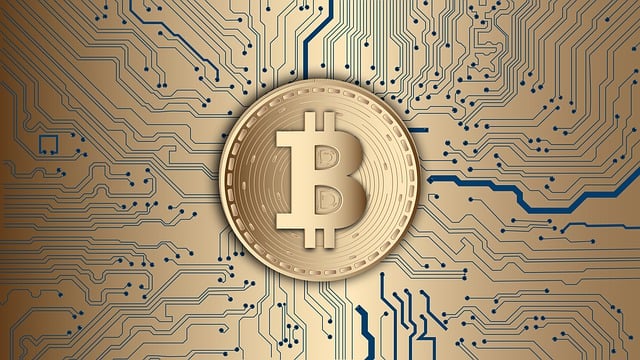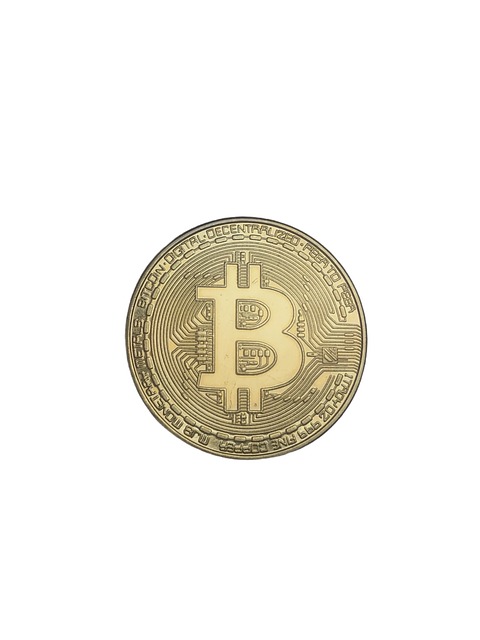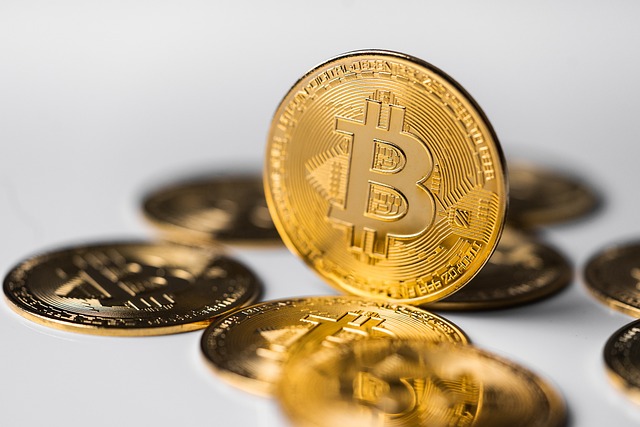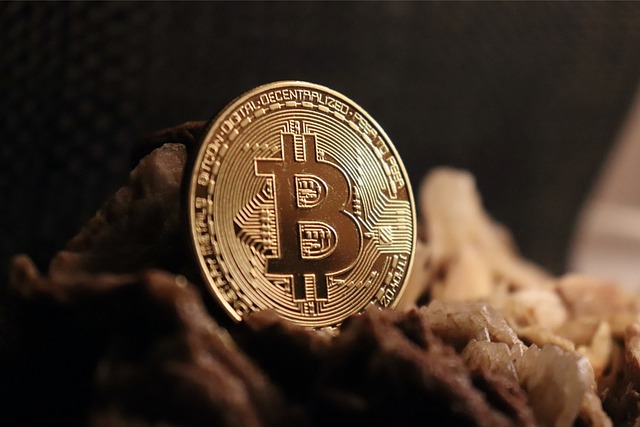Bitcoin, launched in 2009, has evolved from an experimental digital currency into a global phenomenon, challenging traditional financial systems and even precious metals like gold. Its decentralized nature, enabled by blockchain technology, facilitates secure and transparent transactions, promoting financial inclusion. As we approach 2025, there's intense debate over Bitcoin's potential as a viable store of value comparable to gold, despite its volatile price hindering widespread adoption. In contrast, gold has historically served as a stable currency and hedge against economic crises. By 2025, the future of money will be shaped by global digitalization, with Bitcoin seeking to rival gold as a digital asset class through accelerated adoption and limited supply.
“In 2025, the financial landscape may be defined by a battle between traditional stores of value and revolutionary digital currencies. Bitcoin, the pioneering cryptocurrency, aims to challenge gold’s historical role as a safe haven asset. This article explores their evolution, technology, market dynamics, and potential future. We delve into whether Bitcoin can match gold’s stability or merely remain another volatile asset in a rapidly changing monetary system.”
- The Evolution of Digital Currencies: Bitcoin's Journey
- Gold's Historical Role as a Store of Value
- Comparing the Underlying Technologies: Bitcoin vs. Gold
- Market Dynamics and Adoption: A Look at 2025 Projections
- Volatility and Risk: Are There Significant Differences?
- The Future of Money: Digital Gold or a Shift in Asset Classes?
The Evolution of Digital Currencies: Bitcoin's Journey

Bitcoin, often hailed as the pioneer of digital currencies, has undergone a remarkable evolution since its inception in 2009. What started as a decentralized digital money concept has now become a global phenomenon, challenging traditional financial systems and precious metals like gold. The journey of bitcoin has been marked by rapid growth, unprecedented price surges, and growing acceptance across the globe.
This cryptocurrency’s ability to operate outside the reach of central banks and governments has sparked both excitement and controversy. Its blockchain technology ensures secure and transparent transactions, fostering a new era of financial inclusion. As we approach 2025, bitcoin’s potential as a store of value, similar to gold, is a topic of intense debate among investors and economists. The digital currency’s volatile nature, however, remains a significant barrier to its widespread adoption as a legitimate alternative to precious metals.
Gold's Historical Role as a Store of Value

Gold has long been recognized as a store of value, holding its worth over centuries. Historically, it has served as a reliable currency and a hedge against economic uncertainties. In times of financial crisis or political instability, investors often turn to gold as a safe haven, ensuring their wealth is protected. This precious metal’s intrinsic value and limited supply have made it a popular choice for diversifying investment portfolios.
As the first and most well-known digital asset, Bitcoin challenges this historical role traditionally held by gold. However, despite its recent popularity, Bitcoin still faces significant questions regarding its potential as a long-term store of value. Unlike gold, which has an established track record, Bitcoin’s value is highly volatile and influenced by market speculation, regulatory changes, and technological advancements.
Comparing the Underlying Technologies: Bitcoin vs. Gold

Bitcoin and gold, both considered valuable assets, offer distinct investment opportunities in 2025. When we compare their underlying technologies, Bitcoin, a digital cryptocurrency, relies on blockchain, a decentralized, transparent, and secure ledger system. This technology enables peer-to-peer transactions without intermediaries, ensuring high levels of privacy and security. In contrast, gold has traditionally been backed by physical ownership and centralized institutions like banks or governments.
While gold has a long history as a store of value, Bitcoin presents a revolutionary digital alternative. Its decentralized nature allows for global accessibility and trade without geographical constraints. Unlike gold, which is finite in supply, Bitcoin’s supply is capped at 21 million coins, making it a deflationary asset. This characteristic, along with its growing acceptance as a legitimate currency, positions Bitcoin as a potential competitor to traditional commodities like gold in the future.
Market Dynamics and Adoption: A Look at 2025 Projections

By 2025, market dynamics will heavily influence the trajectory of both Bitcoin and gold. Projections suggest that as global economies continue to digitize, Bitcoin’s adoption may surge due to its inherent efficiency in cross-border transactions and decentralized nature. The growing demand for secure, digital assets could make Bitcoin a preferred choice for investors seeking diversification beyond traditional commodities.
In contrast, gold has historically been a safe haven asset, valued for its intrinsic value and rarity. While it may maintain its appeal among risk-averse investors, the increasing sophistication of digital currencies challenges gold’s position as the go-to precious metal. The race between Bitcoin and gold in 2025 will be determined by which asset can better adapt to the evolving financial landscape and tap into the growing preference for digital ownership and transactions.
Volatility and Risk: Are There Significant Differences?

Bitcoin and gold, both considered valuable assets, differ significantly in their price volatility. Bitcoin, being a cryptocurrency, is known for its extreme price fluctuations. Its value can soar or plummet within hours, influenced by market speculation, regulatory news, and global economic trends. This high volatility makes bitcoin an attractive but risky investment.
In contrast, gold has historically maintained a more stable value over time, often seen as a safe haven asset during economic uncertainties. While gold prices also experience ups and downs, they tend to be less dramatic than bitcoins. The intrinsic value of physical gold, coupled with its limited supply, provides investors with a sense of security that bitcoin, as a digital currency, may lack.
The Future of Money: Digital Gold or a Shift in Asset Classes?

The future of money is an intriguing topic, especially with the ever-evolving digital landscape. As we approach 2025, the debate between Bitcoin and gold as a store of value and potential ‘digital gold’ rages on. Bitcoin, being a decentralized cryptocurrency, has captured the imagination of many, offering a new paradigm in finance. Its limited supply and innovative technology have sparked discussions about its role in the future monetary system.
On the other hand, gold has long been regarded as a traditional safe haven asset, valued for its intrinsic value and historical stability. As the world navigates through economic uncertainties, investors often turn to precious metals like gold. However, with Bitcoin’s emergence, there is a growing curiosity about whether it can challenge gold’s position as a reliable asset class. The potential for Bitcoin to serve as a digital representation of wealth, accessible globally and offering unprecedented security, could signal a significant shift in the way we perceive and utilize assets in the coming years.
By 2025, Bitcoin’s status as a potential digital gold substitute remains uncertain. While its underlying blockchain technology offers unprecedented security and transparency, gold’s proven history as a store of value gives it an edge in terms of stability. Market projections indicate growing adoption for both assets, suggesting a future where digital currencies like Bitcoin could challenge traditional precious metals. However, volatility concerns remain, leaving investors to weigh the potential rewards against the risks of this evolving financial landscape.





Leave a Reply